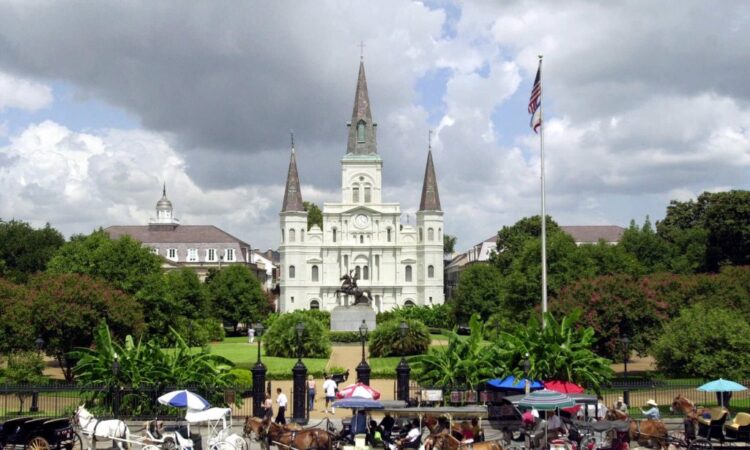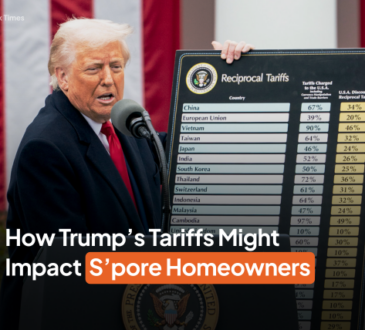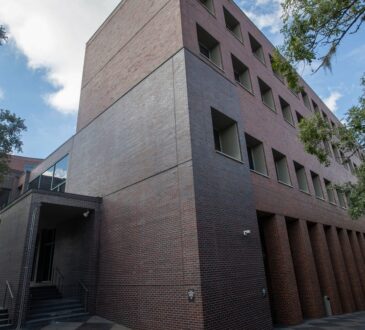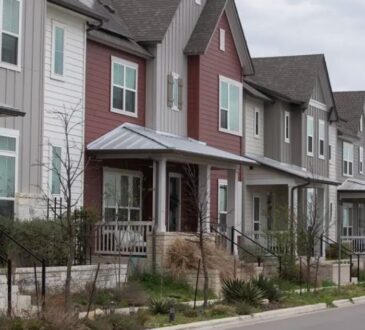
I’m penning this column overlooking the Mississippi sound – a tributary of the Gulf of Mexico.
After spending time in New Orleans, Biloxi and Mobile, Alabama, I’ve been reflecting on what the Gulf South has to teach us about commercial real estate.
These cities, rich with culture and history, also hold valuable lessons for commercial real estate in a region shaped by its unique economic drivers and environmental challenges. Here’s what stood out:
Resilience in disasters
The Gulf South has faced its share of hurricanes and flooding, but it’s clear that resilience is embedded in the fabric of its development. From elevated structures to advanced drainage systems, commercial real estate projects here are built to withstand nature’s extremes. For anyone in the industry, it’s a reminder that risk mitigation is not optional—it’s a necessity.
Industry-specific demand
The economic lifeblood of the Gulf South—energy, maritime industries, and tourism—directly shapes its real estate market. You can see it in the industrial warehouses near ports, the corporate campuses for energy firms, and the hotels that cater to millions of visitors each year. Success in commercial real estate hinges on understanding and aligning with these local economic drivers.
Port logistics
From the Port of Houston to the Port of New Orleans, this region thrives on its strategic position in global logistics. Warehouses, distribution hubs, and industrial spaces are crucial to keeping goods moving. For investors, areas like these with robust logistical networks are ripe with opportunity.
Business-friendly
States in the Gulf South know how to attract business. Lower taxes and incentives make the region appealing for commercial real estate development, and it shows in the range of office, industrial, and mixed-use projects taking shape. For developers, understanding these incentives can make all the difference.
Climate challenges
With rising sea levels and more intense storms, sustainability is no longer just a buzzword here—it’s an imperative. Green building practices, renewable energy integration, and eco-conscious designs are becoming standard. It’s clear that in regions like this, sustainability isn’t just good ethics; it’s good business.
Culture and demographics
From the vibrant streets of New Orleans to the historic charm of Mobile, the Gulf South’s cultural identity is unmistakable. This diversity is reflected in the demand for mixed-use developments, retail spaces, and community-focused projects. Commercial real estate that taps into the local culture not only thrives but also strengthens the connection between spaces and people.
Secondary markets
While cities like New Orleans and Houston often grab the headlines, smaller markets like Biloxi and Mobile are quietly gaining traction. These areas offer lower barriers to entry and opportunities for significant growth. For those willing to look beyond the obvious, the Gulf South’s secondary and tertiary markets are full of potential.
Tourism and hospitality
The Gulf South is a magnet for tourists, whether they’re drawn to New Orleans’ festivals, Biloxi’s casinos, or the Gulf Coast beaches. This creates steady demand for hotels, vacation rentals, and entertainment venues. For commercial real estate, the lesson is clear: when you invest in what makes a place unique, the returns often follow.
Our recent travels were a vivid reminder that the Gulf South is more than just a fascinating region—it’s a case study in the importance of adaptability, alignment with local economies, and resilience in commercial real estate. These lessons aren’t just regional but universal for the commercial real estate industry.
Allen C. Buchanan, SIOR, is a principal with Lee & Associates Commercial Real Estate Services in Orange. He can be reached at abuchanan@lee-associates.com or 714.564.7104.




